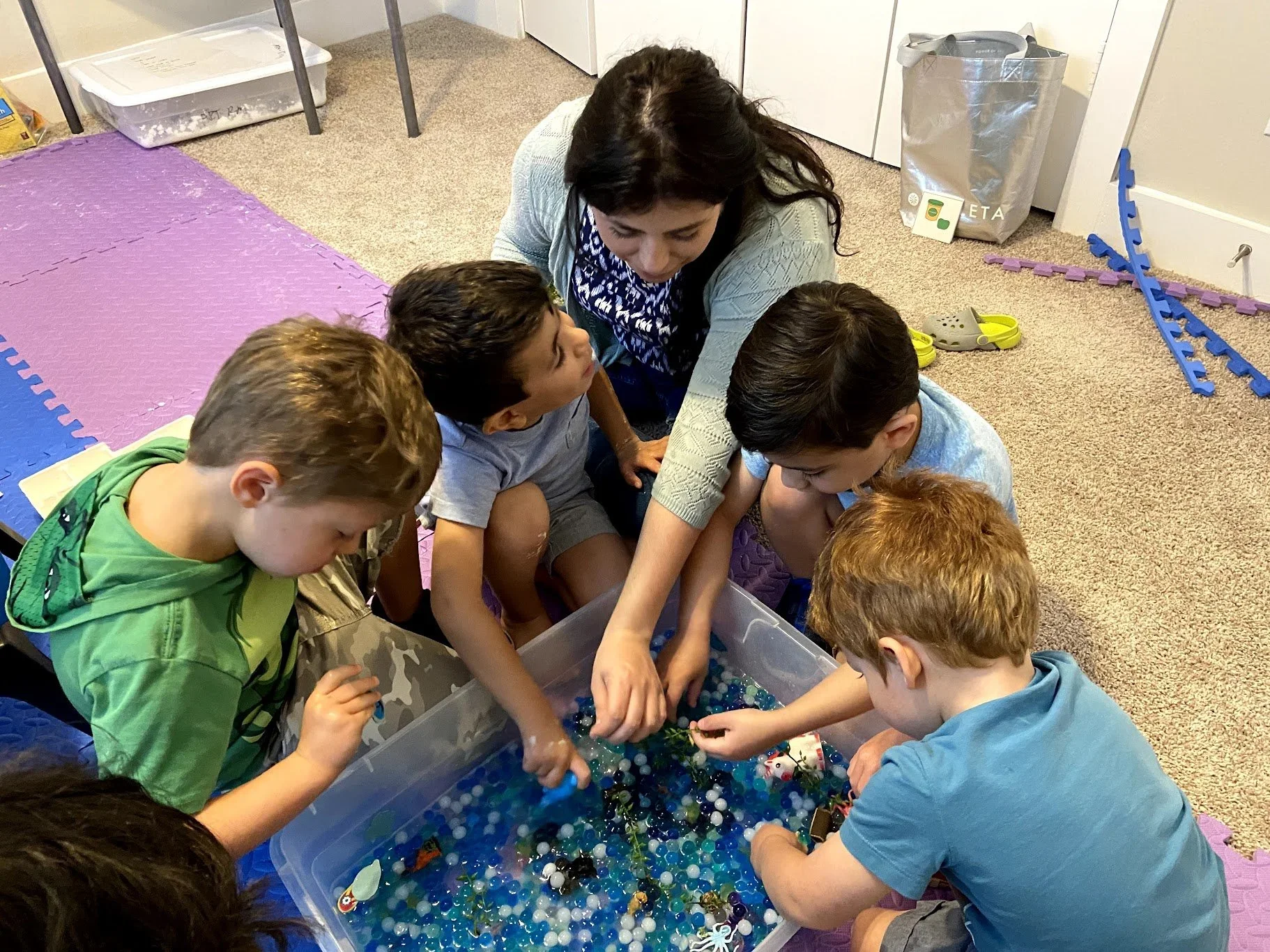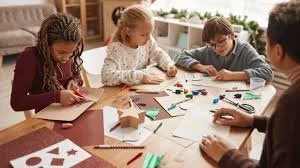Art Therapy
Art Therapy With Touch Brain Counselor.
Art therapy, especially with the guidance of a Touch Brain Counselor, we have therapists who can support children with autism, ADD/ADHD, trauma, and similar challenges by providing a creative outlet that doesn’t rely on words. Through colours, textures, and imagery, children can express emotions, regulate their senses, and strengthen focus and coping skills, all while activating the brain’s natural pathways for growth and healing.
Art therapy is a therapeutic approach that uses creative expression — such as drawing, painting, sculpture, and mixed media — to help children process emotions, improve communication, and develop new skills. Guided by a trained counselor, art therapy is not about artistic talent; it’s about using creativity as a tool for healing and growth.
Art Therapy for Neurodevelopmental Disorders
Art therapy provides children with Autism (ASD), ADD, trauma, anxiety, PTSD, ADHD, learning differences, and other neurodevelopmental disorders a safe and creative way to grow. Through painting, drawing, sculpting, and other hands-on activities, children can express themselves, build skills, and find healing in ways that go beyond words.
Art therapy can help children and adults who face challenges with communication, emotions, or sensory processing. It’s especially beneficial for:
Children with autism, ADHD, learning differences, or developmental delays
Individuals coping with trauma or PTSD
Those with anxiety, depression, or emotional/behavioral challenges
People with physical or cognitive disabilities
By using creative expression, art therapy provides a safe, supportive way to process feelings, build skills, and boost confidence.
Who Benefits From Art Therapy
At Touch Brain Counselor, we support children through art therapy by providing a safe, creative space where they can express themselves beyond words. With locations both in Vancouver & Coquitlam, our sessions help children regulate their emotions, build focus and attention, and strengthen problem-solving skills through step-by-step art projects. Working with different textures and tools also enhances fine and gross motor skills while supporting sensory integration. In group or family settings, collaborative art activities foster social connection, teamwork, and empathy, helping children develop confidence and a sense of belonging.
Benefits of Art Therapy.
Enhances Communication
Art therapy gives children a visual language to express feelings and ideas when words are hard to find. Colors, symbols, and images become powerful tools for connection.
Develops Motor Skills & Coordination
From painting broad strokes to cutting tiny shapes, art builds fine and gross motor skills. These activities also support brain development and sensory integration.
Supports Emotional Regulation
Creative activities like drawing or clay work help children process big emotions in a safe way. Art encourages calm, focus, and coping strategies that they can carry into daily life.
Strengthens Social Interaction
Group art therapy activities teach children how to share, collaborate, and respect others’ ideas. Working together on creative projects builds connection and reduces isolation.
Improves Attention & Focus
Step-by-step art therapy projects strengthen concentration, patience, and task completion. The joy of creating and seeing progress helps children stay engaged.
Encourages Flexibility & Creativity
Art therapy allows kids to try new ideas, make mistakes, and adapt. This promotes flexible thinking and helps reduce rigidity, common challenges in many neurodevelopmental conditions.







